In the context of increasing domestic coal demand, in order to provide enough coal to ensure national energy security, Vietnam National Coal - Mineral Industries Group (TKV) has been implementing synchronous solutions to stabilize production and business, increase capacity and output for mines. At the same time, it has actively coordinated with Quang Ninh province to focus on removing difficulties and obstacles to facilitate affiliated units to complete their goals and tasks...
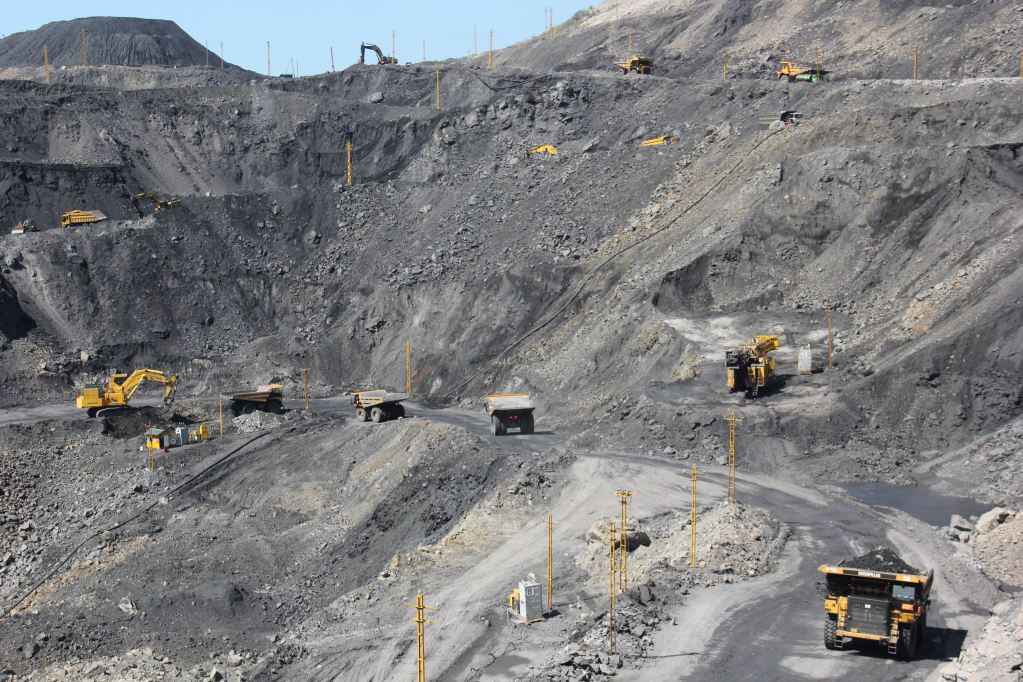
According to the Vietnam National Coal and Mineral Industries Group (TKV), the current coal supply situation for the economy , especially coal for electricity production, is on the rise. In the period 2017-2020 alone, the demand for anthracite coal for thermal power plants accounted for 40 million tons/year. It is expected that in the period 2021-2030, this output will increase to about 50-55 million tons of coal/year. The reason for the high demand for coal is that a series of coal-fired thermal power plants have been and are being built, along with the stable development and re-growth of the cement, construction materials, chemical industries... after the economic recovery after Covid-19, causing the demand for energy, specifically coal, to increase very high.
Economic experts say that in the short term, increasing the demand for anthracite coal for Vietnam’s thermal power plants by 10-15 million tons will lead to a shortage of coal. This will seriously affect the country’s energy security. Meanwhile, Vietnam only has two coal producers, TKV and Dong Bac Corporation, with an average output of 40-41 million tons of coal per year.
As for TKV, coal mining activities are mainly concentrated in 4 localities: Cam Pha City, Ha Long City, Uong Bi City and Dong Trieu Town. Implementing the strategy for developing the Vietnam coal industry and Decision No. 403/QD-TTg of the Prime Minister dated March 14, 2016 on approving the adjustment of the Vietnam coal industry development plan to 2020, considering the prospect to 2030, TKV has implemented 21/21 exploration projects. In addition, from 2016 to present, TKV has been assigned to implement 40 new coal mine investment projects and expansion projects, including 23 underground projects and 17 open-pit projects. To date, 33/40 projects have completed procedures and implemented investment steps.
The implementation of exploration projects and investment in mines is a long-term strategy to help TKV increase the capacity of mines to ensure coal supply for the economy. However, the implementation of exploration projects such as the Suoi Lai, Ha Rang, Dong Vong, Uong Thuong and Vang Danh mines is increasingly difficult due to large borehole depths and complex geological strata. In addition, some investment projects are behind schedule due to problems with resources and procedures that do not ensure the time to participate in planned output and do not reach the designed capacity.
As the province with the largest coal reserves in the country, in recent times, Quang Ninh province has paid special attention to the management of coal production and trading activities, ensuring security and order, managing coal resources, accompanying and removing difficulties for the coal industry to develop, contributing to ensuring national energy security. Most recently (May 8), at a working session with the National Assembly Standing Committee's thematic supervision delegation on "Implementation of policies and laws on energy development in the 2016-2021 period", Quang Ninh province proposed to the supervision delegation to continue reviewing and perfecting policies and laws on energy development to ensure they are consistent with the practical situation. Consider and have separate regulations for the preparation, appraisal and approval of detailed construction plans at a scale of 1/500 for coal mining projects. At the same time, the exploitation license for the Cao Son coal mine expansion and renovation project should be granted early to ensure production, especially jobs for the Company's 3,400 employees. In addition, the province requested the Government to direct the Ministry of Natural Resources and Environment to guide the removal of difficulties to promptly implement exploration projects and coal mining projects with part of the area under the planning of protective forests and natural forests. Early consideration and comments on a number of regulations to remove obstacles related to land lease terms, mineral mine closure times, and coal reserve calculation criteria should be considered.
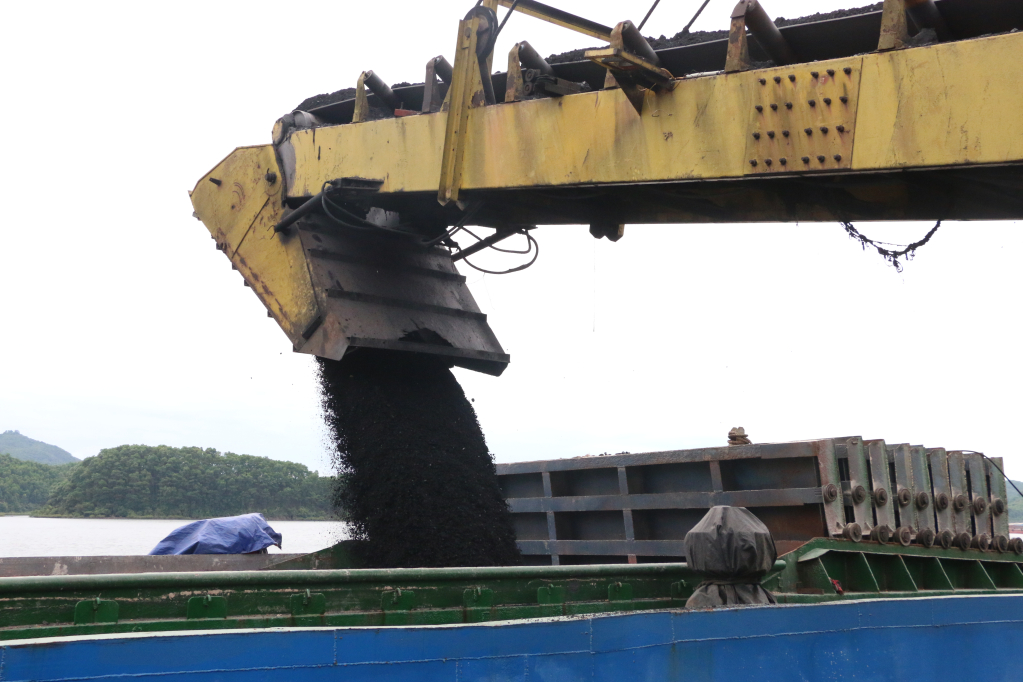
The recommendations and proposals of Quang Ninh province and the coal industry related to exploration and exploitation, licensing of mining waste rock, master energy planning, and coal selling prices for the electricity industry were received by the working group to advise and report to the Government and relevant ministries and branches to promptly remove difficulties and obstacles in the coming time. Thereby, contributing to helping Quang Ninh improve the effectiveness of state management in coal production and trading activities, while helping the coal industry promote production and business, continuing to promote its role as one of the three pillars of national energy security.
Mr. Dang Thanh Hai, General Director of TKV, said: Regarding the development orientation in the coming period, the most important task of the Group is to continue to maintain its position as one of the three pillars of national energy security, especially in the context of very complicated international developments, especially in terms of energy supply. In particular, to gradually remove difficulties in planning, the Group will prioritize accelerating the progress of project exploration, identifying all coal reserves in geological layers, thereby building an exploitation plan based on closely following the socio-economic development planning of the locality and the country. In the period of 2023-2025, TKV will allocate financial resources to invest in increasing the capacity of mines and innovating coal mining technologies in the direction of "3-ization" to increase productivity and output to meet the demand for coal for economic development.
Source







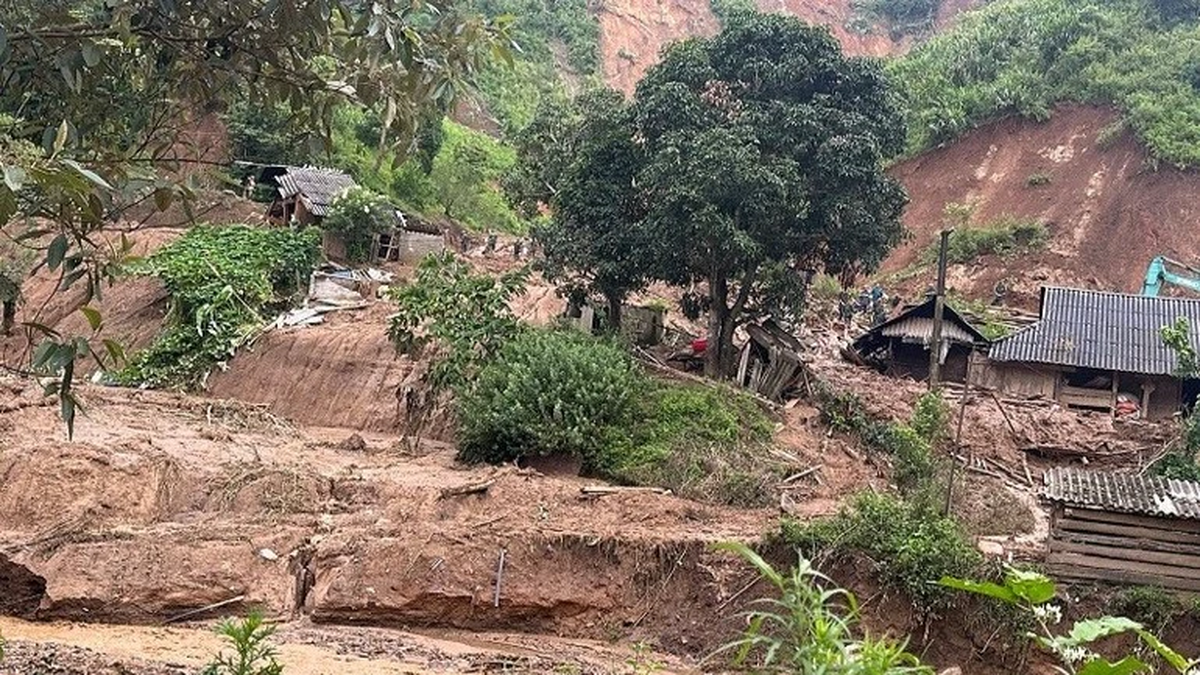


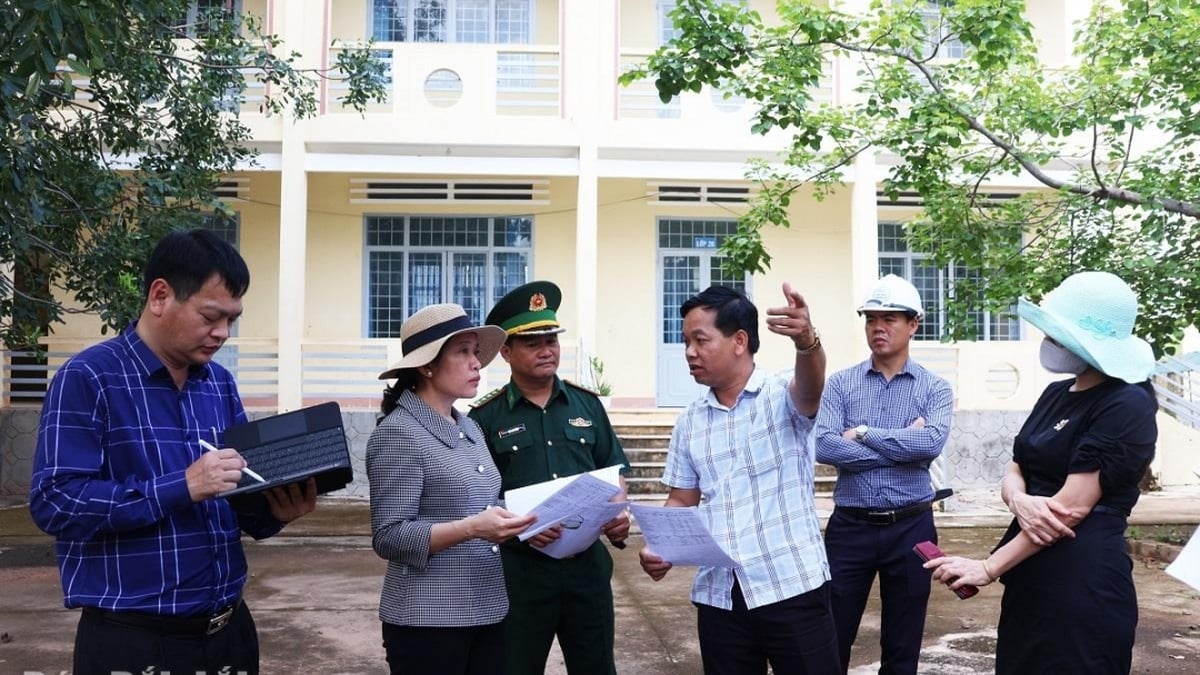
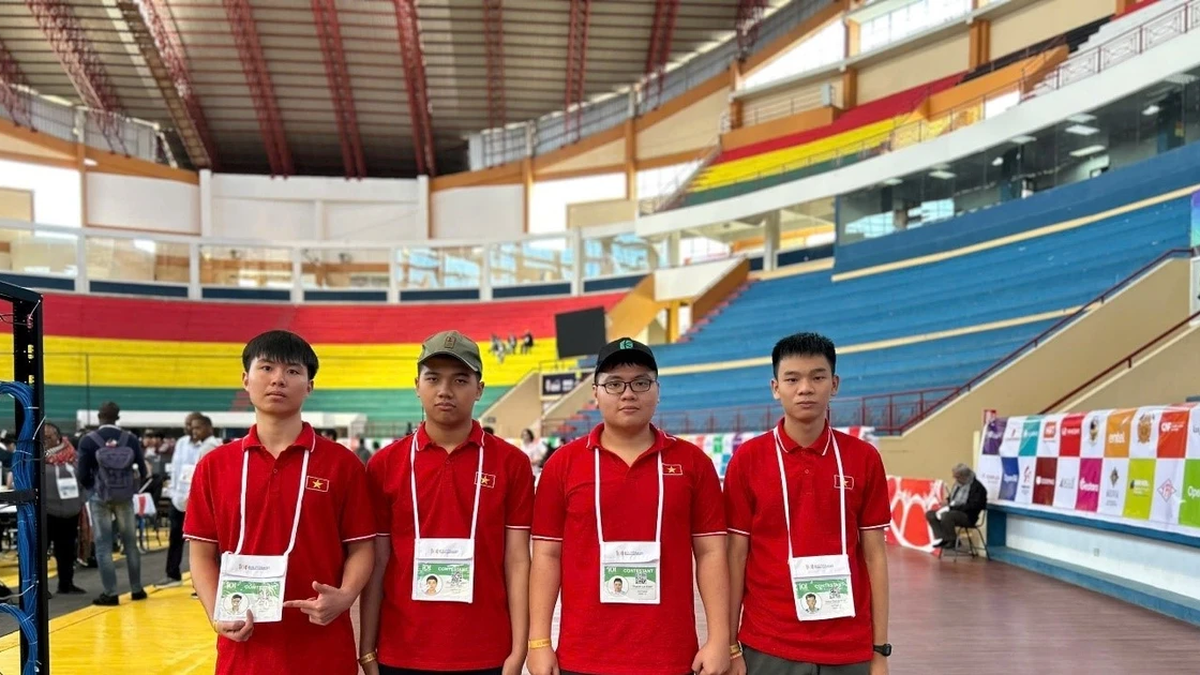






















































































Comment (0)